All products featured are independently chosen by us. However, SoundGuys may receive a commission on orders placed through its retail links. See our ethics statement.
Best music streaming services
January 14, 2025





As fun as it is trying out different headphones and speakers, it isn’t the reason the audio community exists. However good your favorite speakers or earbuds might be, you don’t love them. They’re just a tool to help you experience what really matters: music. Thanks to the internet and audio streaming services, it’s now easier than ever to access tens of millions of songs at your fingertips. More music than you could listen to in a lifetime.
Today’s music streaming services are differentiating themselves through unique features, exclusive content, and integration with other media types like podcasts and music videos. Whether you’re looking for personalized playlists, high-fidelity audio, or a platform that connects you with artists, there’s a service tailored to your needs.
Editor’s note: This article was updated on January 14, 2025, to ensure the timeliness of the information within.
What music streaming service has the best price?
This depends on your needs, but a handful offer free tiers. The table below shows which best suits your budget, depending on what features you are looking for.
| Service | Individual Price | Family Price | Student Price | Free Tier | Max Audio Quality | Offline Listening | Unique Features |
|---|---|---|---|---|---|---|---|
| Service Spotify | Individual Price $11.99/month | Family Price $16.99/month | Student Price $5.99/month | Free Tier Yes | Max Audio Quality 320kbps (HiFi pending) | Offline Listening Yes | Unique Features Collaborative playlists, audiobooks |
| Service Amazon Music Unlimited | Individual Price $10.99/month ($9.99 for Prime) | Family Price $15.99/month | Student Price $5.99/month | Free Tier Yes (with Prime) | Max Audio Quality Ultra HD (24-bit/192kHz) | Offline Listening Yes | Unique Features Spatial Audio |
| Service YouTube Music Premium | Individual Price $10.99/month | Family Price $14.99/month | Student Price $4.99/month | Free Tier Yes | Max Audio Quality 256kbps | Offline Listening Yes | Unique Features Packaged with YouTube Premium |
| Service Apple Music | Individual Price $10.99/month | Family Price $16.99/month | Student Price $5.99/month | Free Tier No | Max Audio Quality Lossless (24-bit/192kHz) | Offline Listening Yes | Unique Features Spatial Audio, Apple Music Sing |
| Service TIDAL | Individual Price $10.99/month | Family Price $16.99/month | Student Price $4.99/month | Free Tier No | Max Audio Quality HiRes FLAC (24-bit/192kHz) | Offline Listening Yes | Unique Features Dolby Atmos, DJ Extension add-on |
If you don’t want to spend any money, it might be good to hear that you don’t have to. Most streaming services have a free model that lets you listen to music with varying levels of control. Just be prepared for ads. Lots of them. They have to make money somehow, right? Some services, like Spotify play a station on shuffle with ads dispersed in between. But Spotify beefed up its free model to include a few of its most popular playlists.
Best for social features and music discovery: Spotify
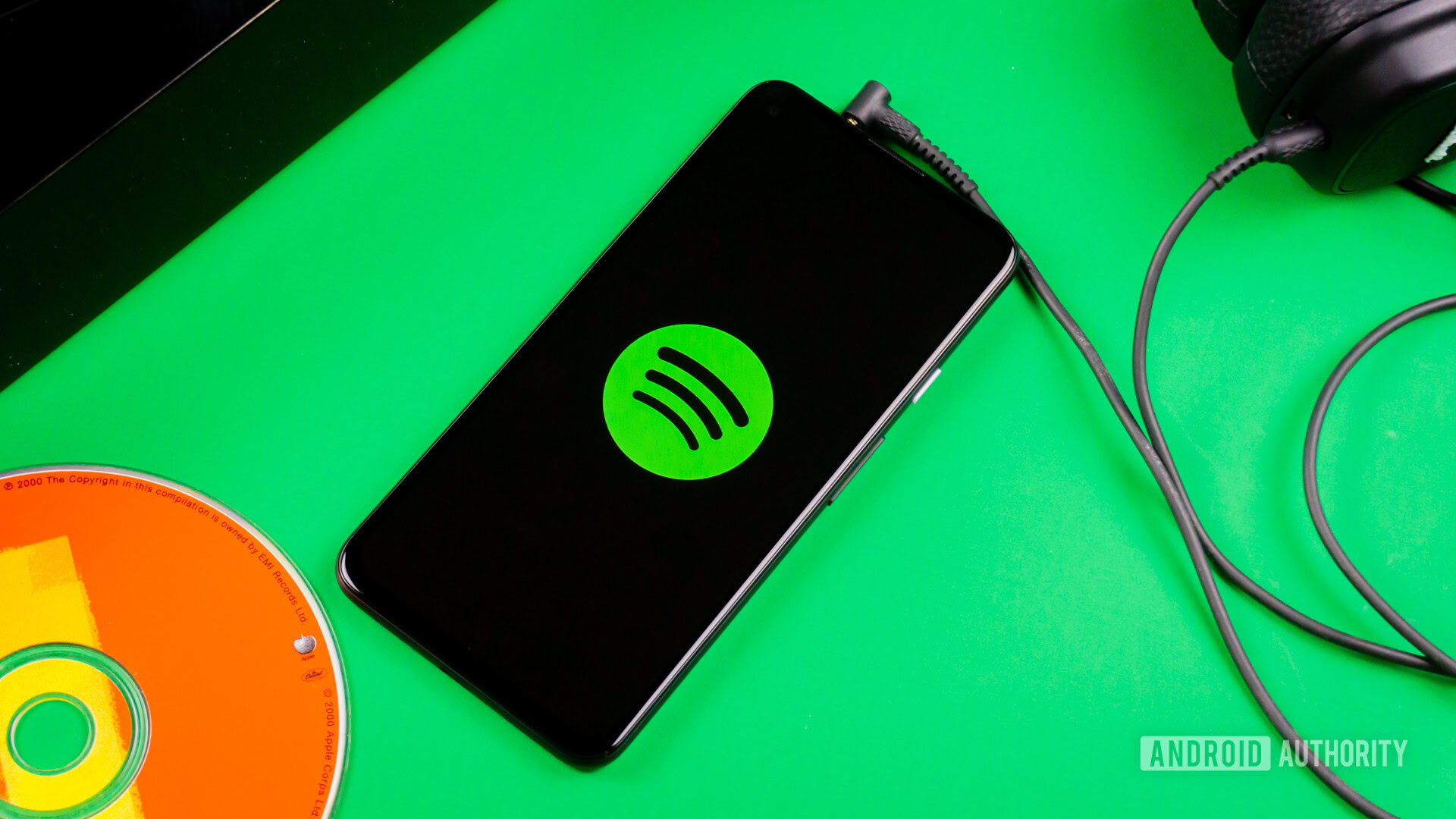
Spotify remains one of the most popular streaming services, known for its robust music discovery features and social integration. With a recent price increase, the Premium plan now costs $11.99/month while still offering a free, ad-supported tier.
Key features:
- A vast library of over 100 million tracks
- Personalized playlists like Discover Weekly
- Collaborative playlists for social listening
- Podcast integration
- New audiobook feature (15 hours/month included in some plans)
Spotify’s much-anticipated HiFi tier, promising lossless audio quality, is still pending release. Currently, the maximum audio quality is 320kbps, which is sufficient for most listeners but falls short of the Hi-Res offerings from some competitors.
Despite the price increase, Spotify’s strength lies in its algorithm-driven music discovery and social features, making it an excellent choice for those who love exploring new music and sharing their tastes with friends.
Best for Prime members and value seekers: Amazon Music Unlimited
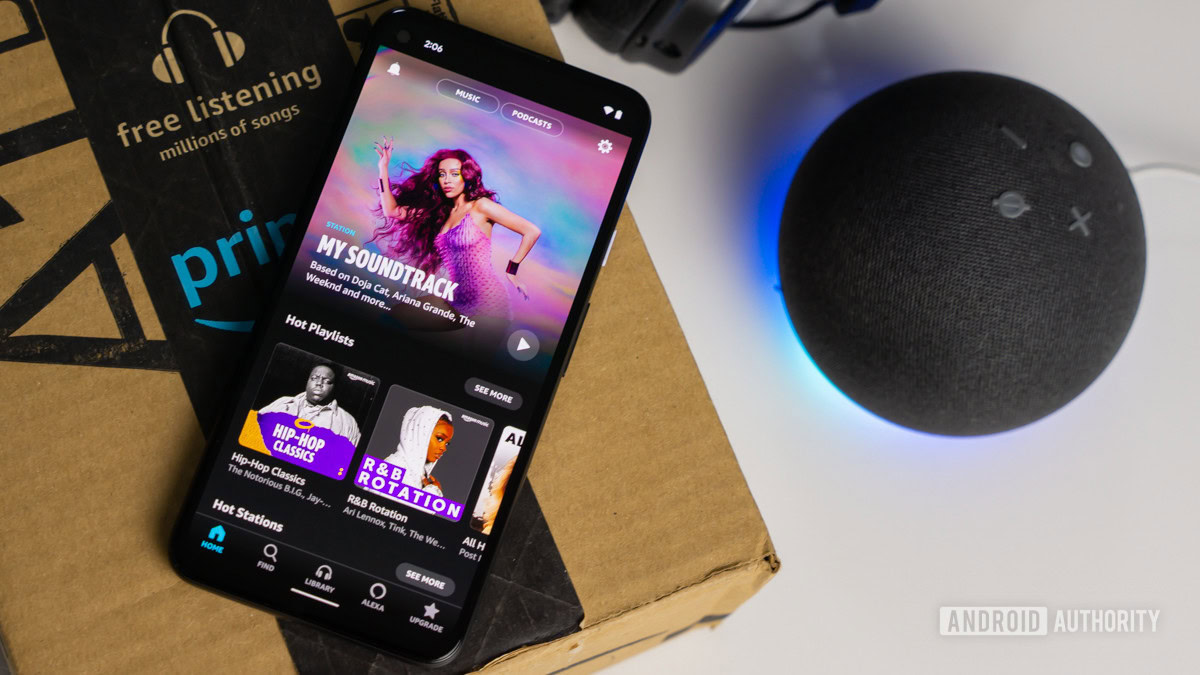
Amazon Music Unlimited has evolved into a compelling option, especially for Prime members who can access it at a discounted rate of $9.99/month (compared to $10.99/month for non-Prime members).
Key features:
- Over 100 million songs
- Ultra HD audio quality (up to 24-bit/192kHz)
- Spatial Audio support
- Seamless integration with Alexa devices
- Included with some Prime plans at no extra cost
Amazon Music Unlimited now offers high-fidelity audio options, including Ultra HD and Spatial Audio, putting it on par with audiophile-focused services. The service also benefits from integration with Amazon’s ecosystem, making it a convenient choice for Prime members and users of Alexa-enabled devices.
While its music discovery features may not be as robust as Spotify’s, Amazon Music Unlimited offers excellent value, particularly for those already invested in the Amazon ecosystem.
Best for music video enthusiasts and YouTube users: YouTube Music Premium
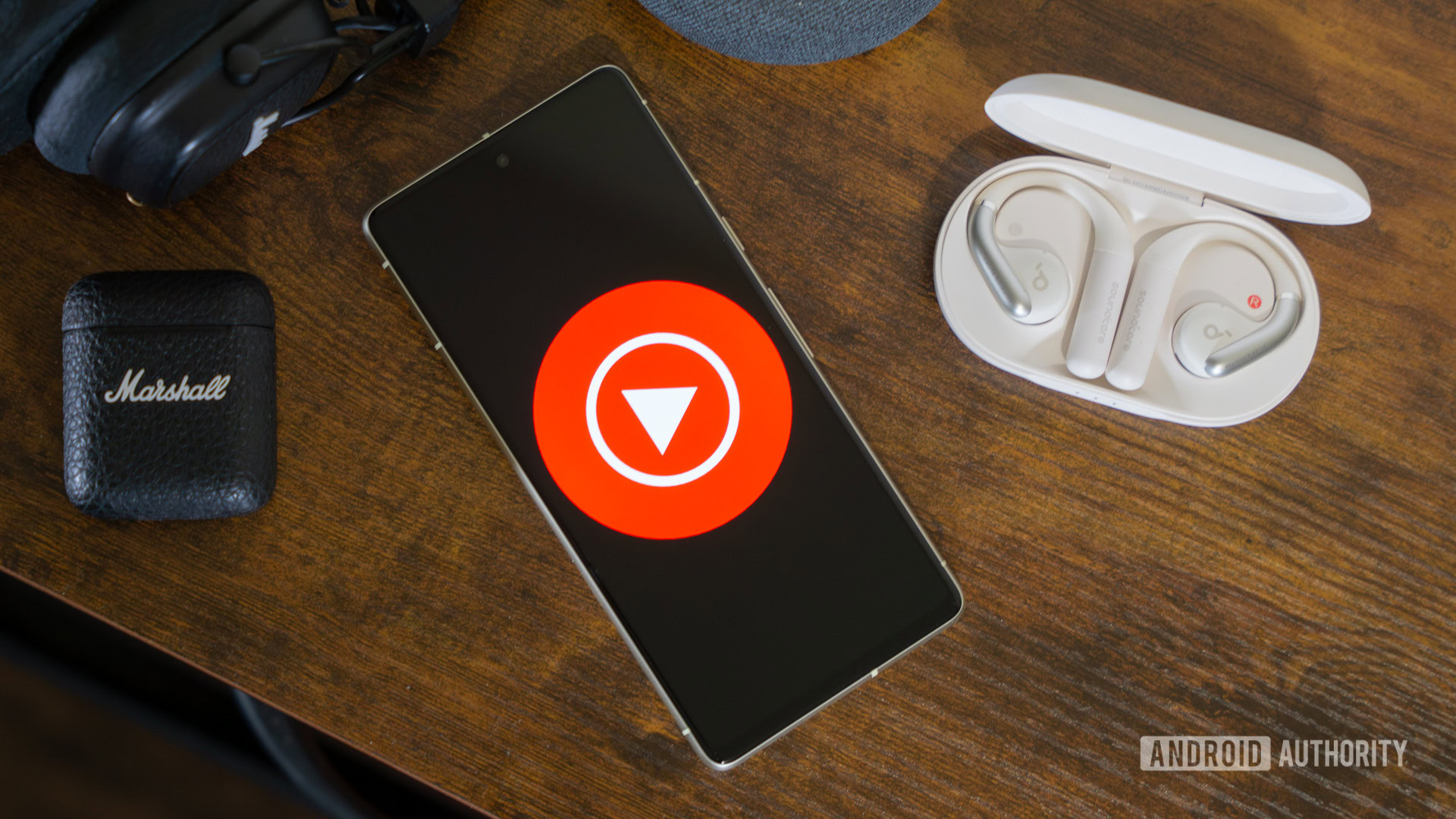
YouTube Music Premium, priced at $10.99/month for individuals, offers a unique blend of audio streaming and video content. It’s included with a YouTube Premium subscription, making it an attractive option for avid YouTube users.
Key features:
- Over 100 million audio tracks
- Seamless integration with music videos
- Background play and offline listening
- Ad-free experience across YouTube
- Personalized mixes and playlists
The standout feature of YouTube Music Premium is its integration with YouTube’s vast library of music videos, live performances, and covers. Users can easily switch between audio and video versions of songs, providing a more immersive music experience.
While its audio quality (up to 256kbps) may not match some competitors’ Hi-Res offerings, YouTube Music Premium excels in content variety and video integration. It’s an excellent choice for those who enjoy visual content alongside their music.

Expansive video options
Student rates available
Best for Apple ecosystem users: Apple Music
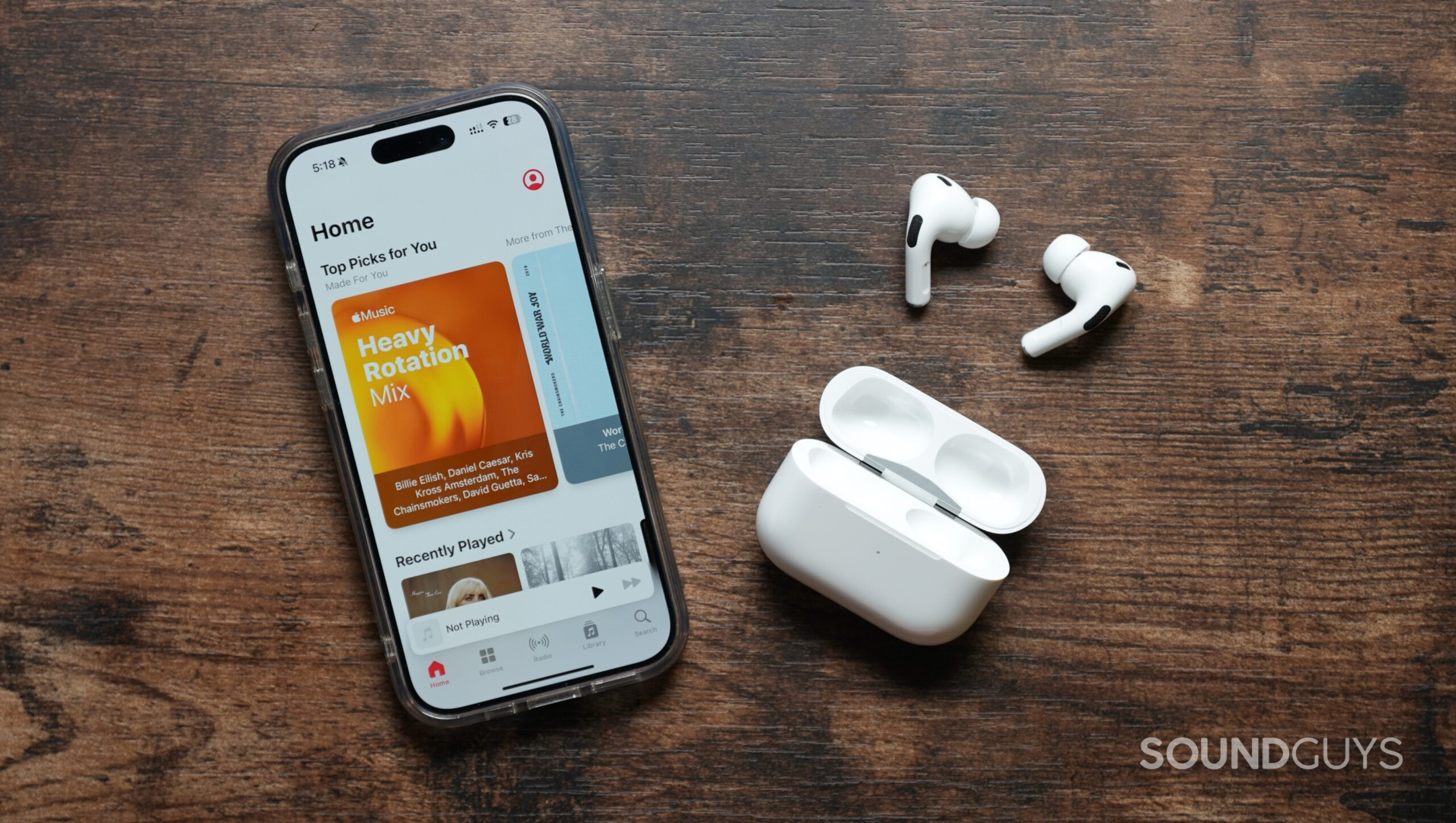
Apple Music is one of Spotify’s biggest rivals and has significantly enhanced its offering. It now provides high-quality audio options and unique features for individuals at $10.99/month.
Key features:
- Over 100 million songs
- Lossless Audio (up to 24-bit/192kHz)
- Spatial Audio with Dolby Atmos
- Apple Music Sing for real-time lyrics and karaoke
- Apple Music Classical app
- Wide device compatibility, including Android
Apple Music stands out with its commitment to audio quality, offering both Lossless Audio and Spatial Audio at no extra cost. The introduction of features like Apple Music Sing and the dedicated Classical app demonstrates Apple’s focus on creating unique listening experiences.
While it lacks a free tier, Apple Music’s integration with the Apple ecosystem, coupled with its high-quality audio and innovative features, makes it an excellent choice for Apple device users and audiophiles alike.
Best for audiophiles and artist supporters: TIDAL
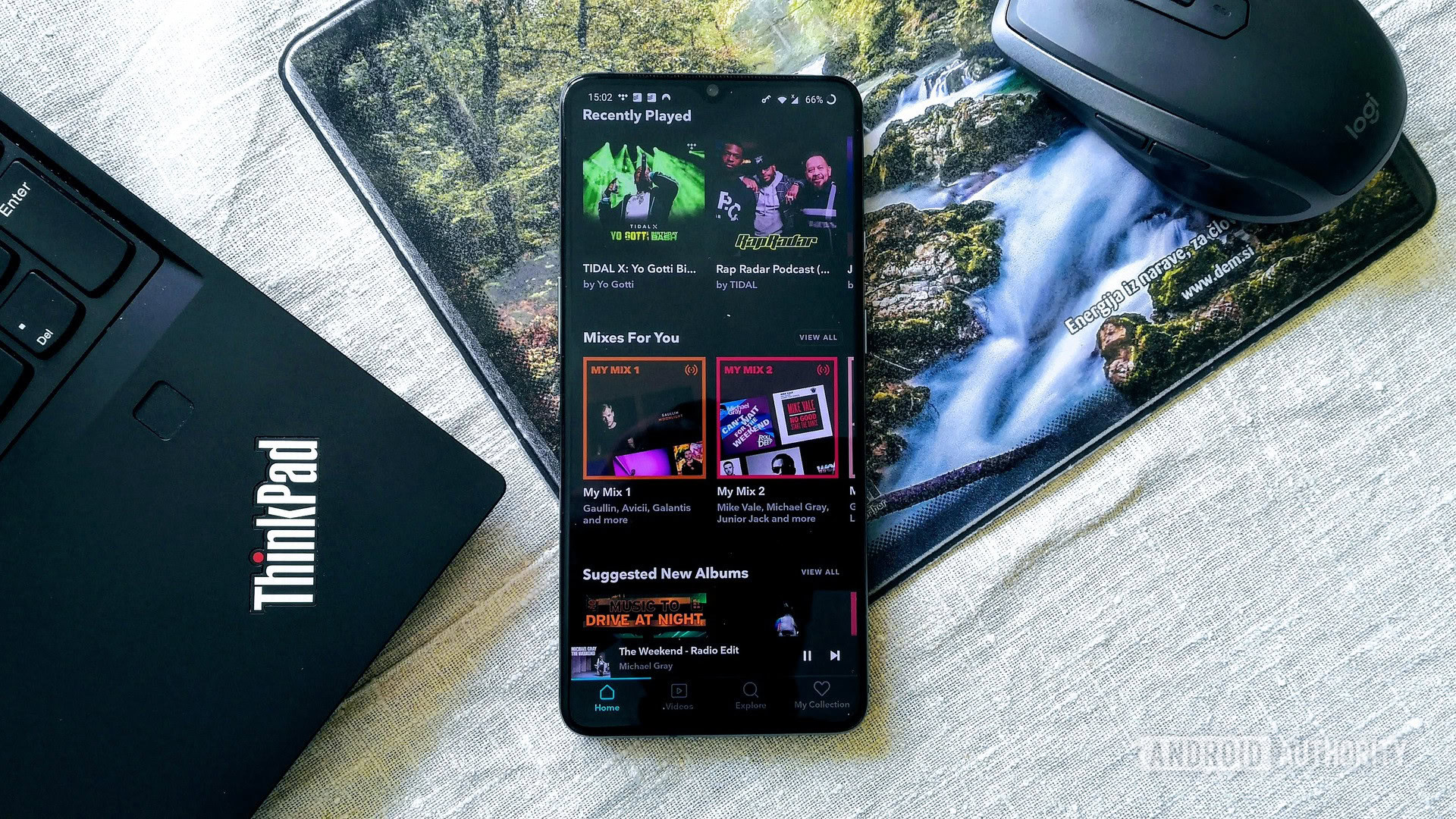
TIDAL has streamlined its offering, now offering a single high-quality tier for individuals at $10.99/month, with family and student plans also available.
Key features:
- Over 110 million tracks
- HiRes FLAC audio (up to 24-bit/192kHz)
- Dolby Atmos and Sony 360 Reality Audio
- Exclusive content and live streams
- DJ Extension add-on for professional use
- Focus on fair artist compensation
TIDAL distinguishes itself with a strong emphasis on audio quality and artist support. The service offers some of the highest-quality streaming available, making it a top choice for audiophiles. The removal of its free tier underscores TIDAL’s commitment to premium audio experiences.
The new DJ Extension add-on caters to professional users, offering stem separation and integration with DJ software. This unique feature, combined with TIDAL’s high-quality audio and exclusive content, makes it an attractive option for serious music enthusiasts and industry professionals.
Best for Hi-Res audio and editorial content: Qobuz
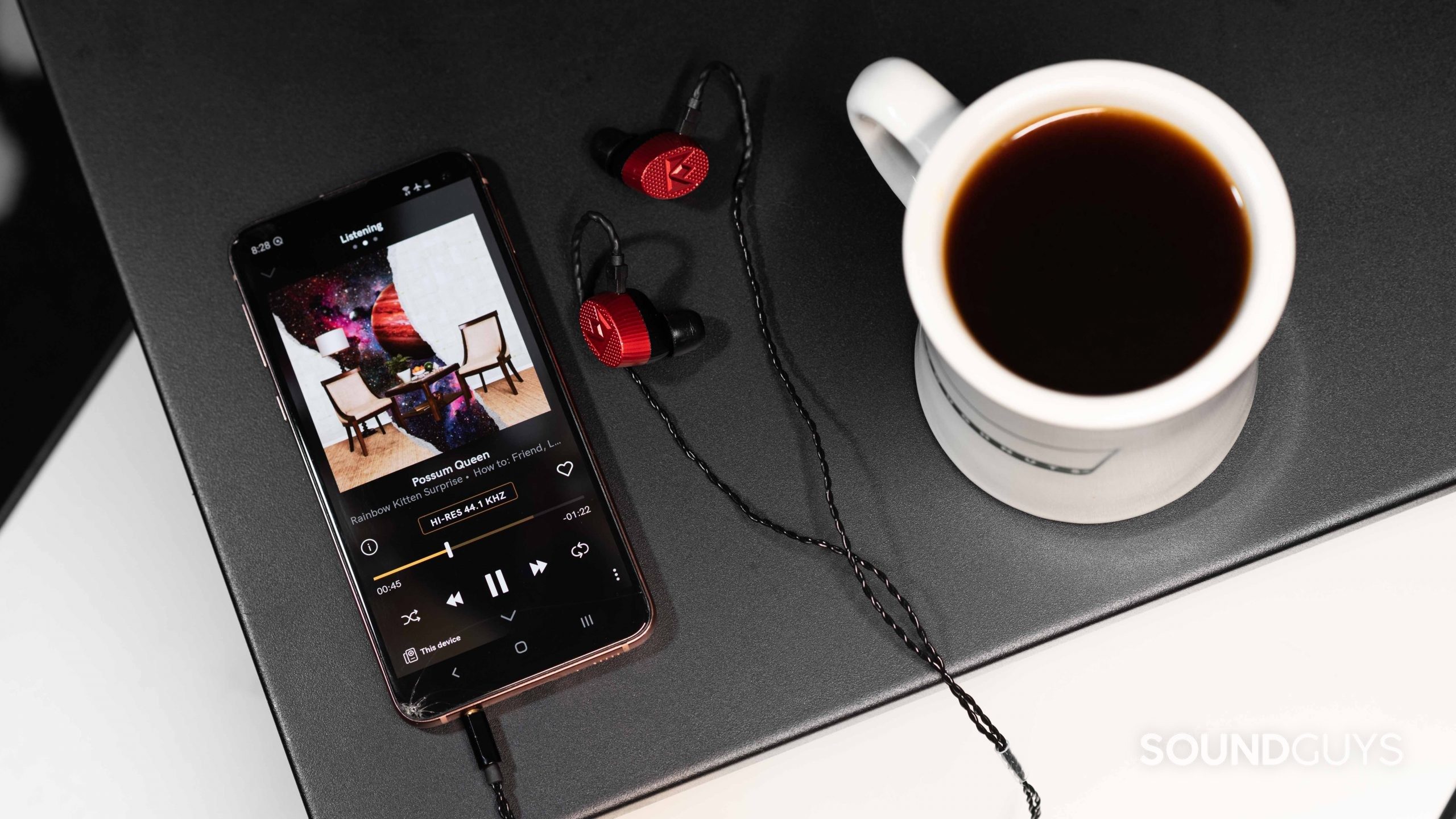
Qobuz positions itself as a premium service for audiophiles and music aficionados, with plans starting at $12.99/month (or $129.99/year).
Key features:
- Over 100 million tracks
- Hi-Res audio streaming (up to 24-bit/192kHz)
- Extensive editorial content (500,000+ album reviews and artist bios)
- Option to purchase and download Hi-Res albums
- Sublime plan offering discounts on Hi-Res purchases
Qobuz stands out with its focus on high-resolution audio and rich editorial content. The service caters to listeners who value audio quality and enjoy reading about the music they’re listening to. The Sublime plan, which offers discounts on Hi-Res music purchases, is a unique feature for those looking to build a personal Hi-Res library.
While it may lack some of the algorithmic playlist features of larger services, Qobuz’s curated playlists and emphasis on album-oriented listening make it an excellent choice for discerning music fans.
Is Deezer worth paying for?
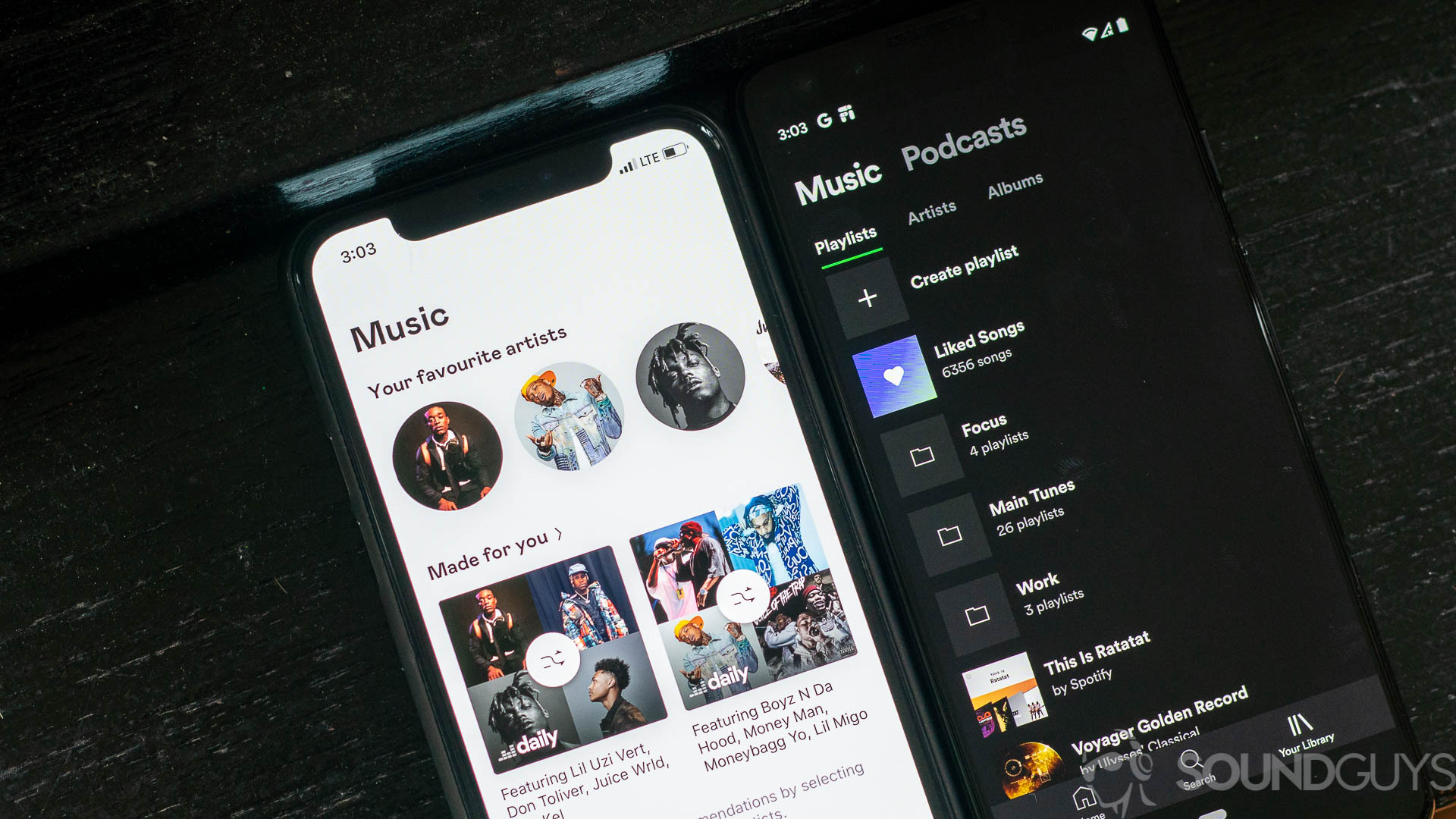
Deezer offers a competitive streaming option with plans starting at $11.99/month for individuals, alongside the family, duo, and discounted student plans.
Key features:
- Over 120 million tracks and thousands of podcasts
- High Fidelity sound for Premium subscribers
- Flow: AI-driven, personalized, infinite mix
- Lyrics with translation feature
- SongCatcher for identifying music playing around you
- Offline Listening
- Collaborative playlists with Shaker feature
Deezer distinguishes itself with its strong focus on personalization. The Flow feature creates an infinite mix based on your tastes and moods, offering a unique listening experience. The service also emphasizes music discovery with tools like SongCatcher and collaborative playlists.
For audio quality enthusiasts, Deezer provides high-fidelity sound to its Premium subscribers, though specific details about the audio quality aren’t provided. The service also caters to podcast listeners, integrating podcasts into its personalized recommendation system.
The Shaker feature, allowing users to create collaborative playlists with Spotify friends, is an innovative cross-platform solution. This could be particularly appealing to those with social circles spread across different streaming services.
While Deezer may not have the market share of some larger competitors, its robust feature set, large library, and focus on personalization makes it a strong contender in the streaming market, especially for those who want to try AI-driven music discovery.
The best music streaming services: Notable mentions
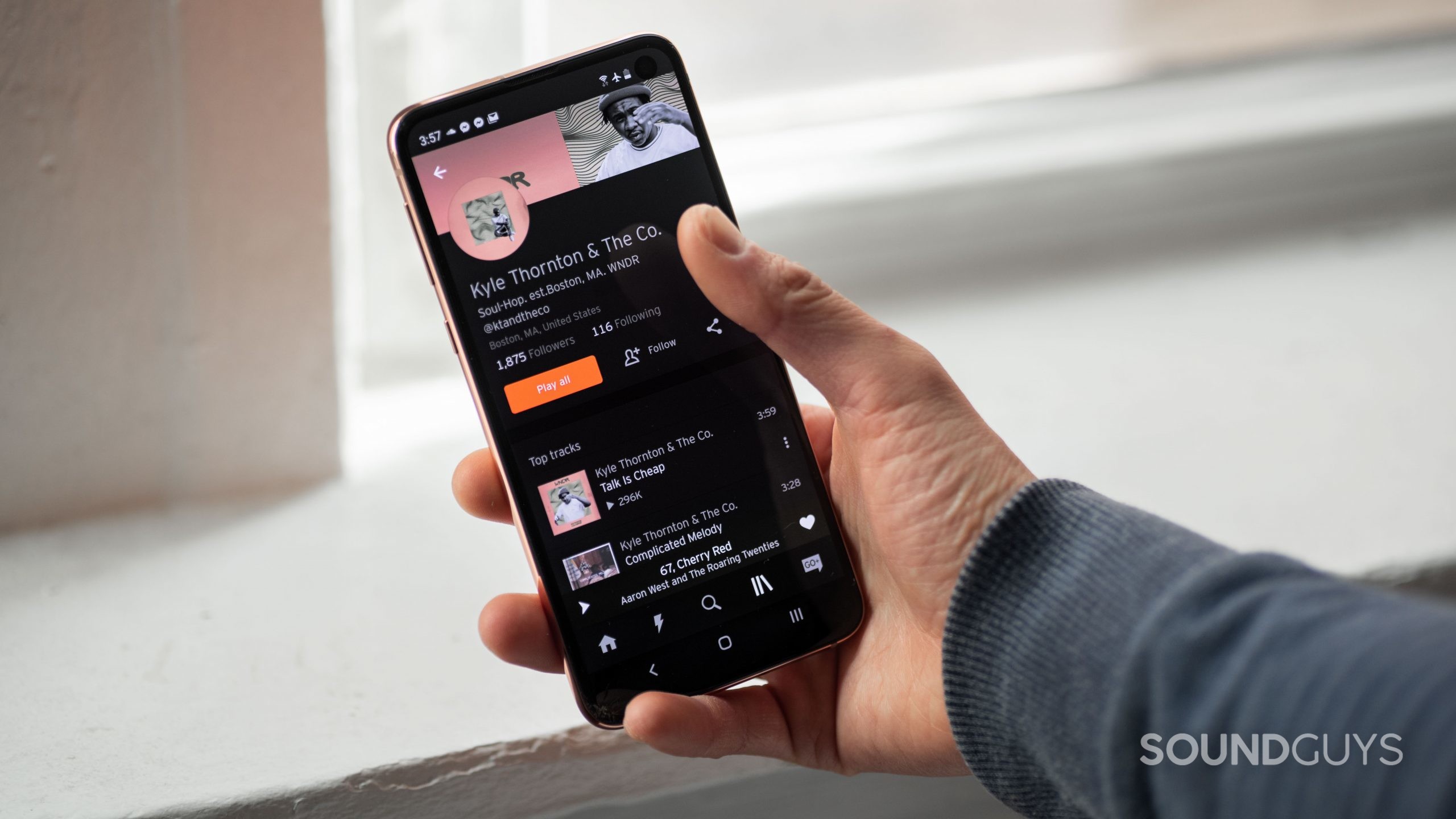
For starters, these aren’t the only audio streaming services out there—they’re just the best. There are also some others, like Pandora and SoundCloud, to name a few. We included these services in the comparison charts, but they all fall short in one way or another.
For example, SoundCloud does have an on-demand service now called SoundCloud Go+, but its premium music library isn’t the biggest, and a lot of what’s available is user-uploaded content. Again, that’s not to say it’s bad; it’s just specialized. There are plenty of amazing independent musicians who upload great music every day. SoundCloud, however, is great for independent musicians because it’s free to upload your first three hours of music, whereas most of these services charge a fee for any upload. This means that you can find more niche music, including artist demos and covers than you can find on many of these other platforms.
What you should know about the best music streaming services
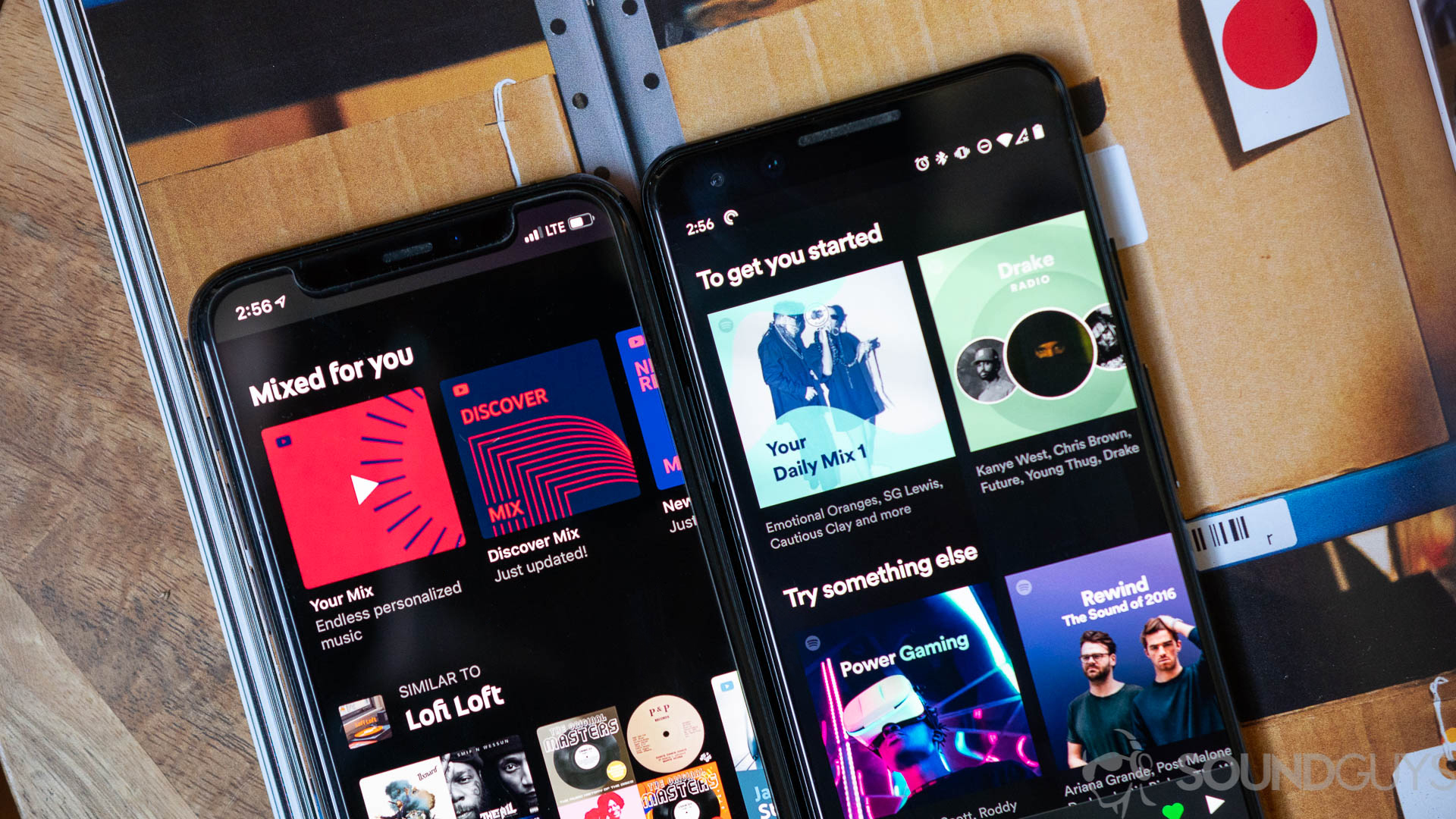
When shopping around for your next music subscription, you’ll want to bear in mind many factors. A common question we get is whether a service supports local music libraries. Many don’t, but some do. You can use Spotify, Apple Music, and YouTube Music to play local media, but others like TIDAL or Pandora don’t support this feature. It’s worth noting that Amazon used to have this option but got rid of it.
Another thing to consider is whether your potential music streaming service offers an in-app EQ to adjust the sound. Some options have very basic equalizers, like Spotify, while others (e.g., Apple Music) offer just EQ presets. If you want to take things a step further, you may need to experiment with a third-party EQ app. Many services have recently improved their in-app EQ features, with Tidal and Amazon Music now offering more advanced options.
What bit rate does each music streaming service offer?
| Streaming Service | Max streaming quality | Supported Formats | Spatial audio option |
|---|---|---|---|
| Streaming Service Qobuz | Max streaming quality 24bit / 192kHz | Supported Formats AIFF, ALAC, FLAC, WAV, WMA Lossless | Spatial audio option No |
| Streaming Service Amazon Music Unlimited | Max streaming quality 24bit / 192kHz | Supported Formats FLAC, MP3 | Spatial audio option Yes |
| Streaming Service Tidal HiFi Plus | Max streaming quality 24bit / 192kHz | Supported Formats AAC, HiRes FLAC, FLAC | Spatial audio option Yes |
| Streaming Service Deezer HiFi | Max streaming quality 16bit / 44.1kHz | Supported Formats FLAC | Spatial audio option No |
| Streaming Service Spotify Premium | Max streaming quality 320kbps | Supported Formats AAC, Ogg Vorbis | Spatial audio option No |
| Streaming Service Apple Music | Max streaming quality 24bit / 192kHz | Supported Formats AAC, ALAC | Spatial audio option Yes |
| Streaming Service YouTube Music Premium | Max streaming quality 256kbps | Supported Formats AAC, OPUS | Spatial audio option No |
| Streaming Service SoundCloud Go+ | Max streaming quality 256kbps | Supported Formats AAC | Spatial audio option No |
| Streaming Service Slacker Radio | Max streaming quality 320kbps | Supported Formats MP3 | Spatial audio option No |
| Streaming Service Pandora | Max streaming quality 192kbps | Supported Formats AAC | Spatial audio option No |
| Streaming Service Spotify Free | Max streaming quality 160kbps | Supported Formats AAC | Spatial audio option No |
| Streaming Service Deezer Free | Max streaming quality 128kbps | Supported Formats MP3 | Spatial audio option No |
What’s the difference between MP3 and FLAC?
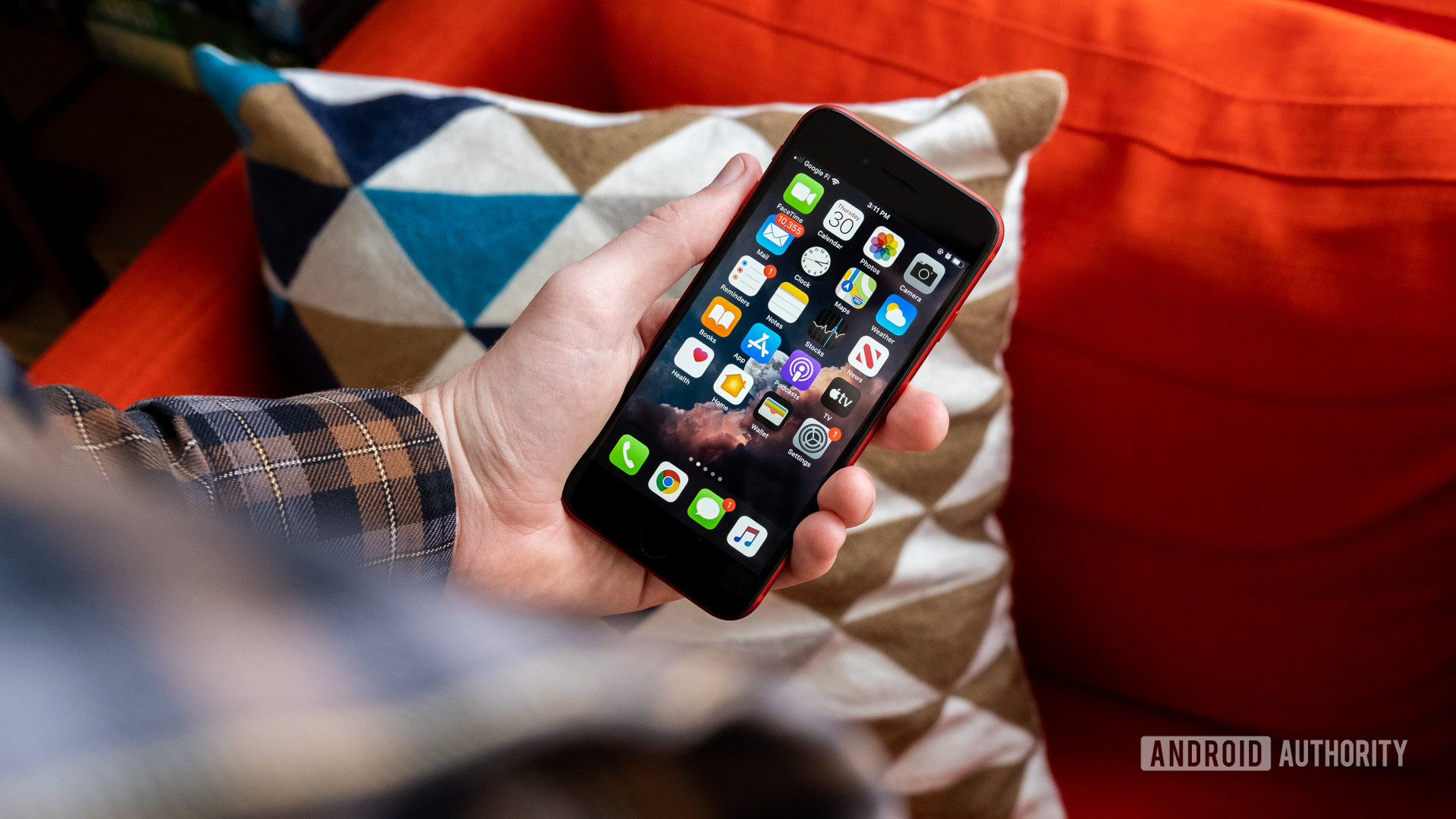
So when it comes to audio formats, it’s hard to really know what means what, especially if this is your first time hearing about such things.
MP3 is a compressed file and uses clever tricks to delete information that humans shouldn’t be able to hear. It does this with algorithms that delete bits of data at, for example, really high frequencies. It also deletes frequencies that are right next to each other since the human brain can’t differentiate between them. By deleting this information that’s technically inaudible, it’s able to make the overall file much smaller, which is perfect for streaming. But it’s still deleting data. The benefits of MP3 are all in its size. The files are so small that you won’t need super-fast internet speeds to stream your music.
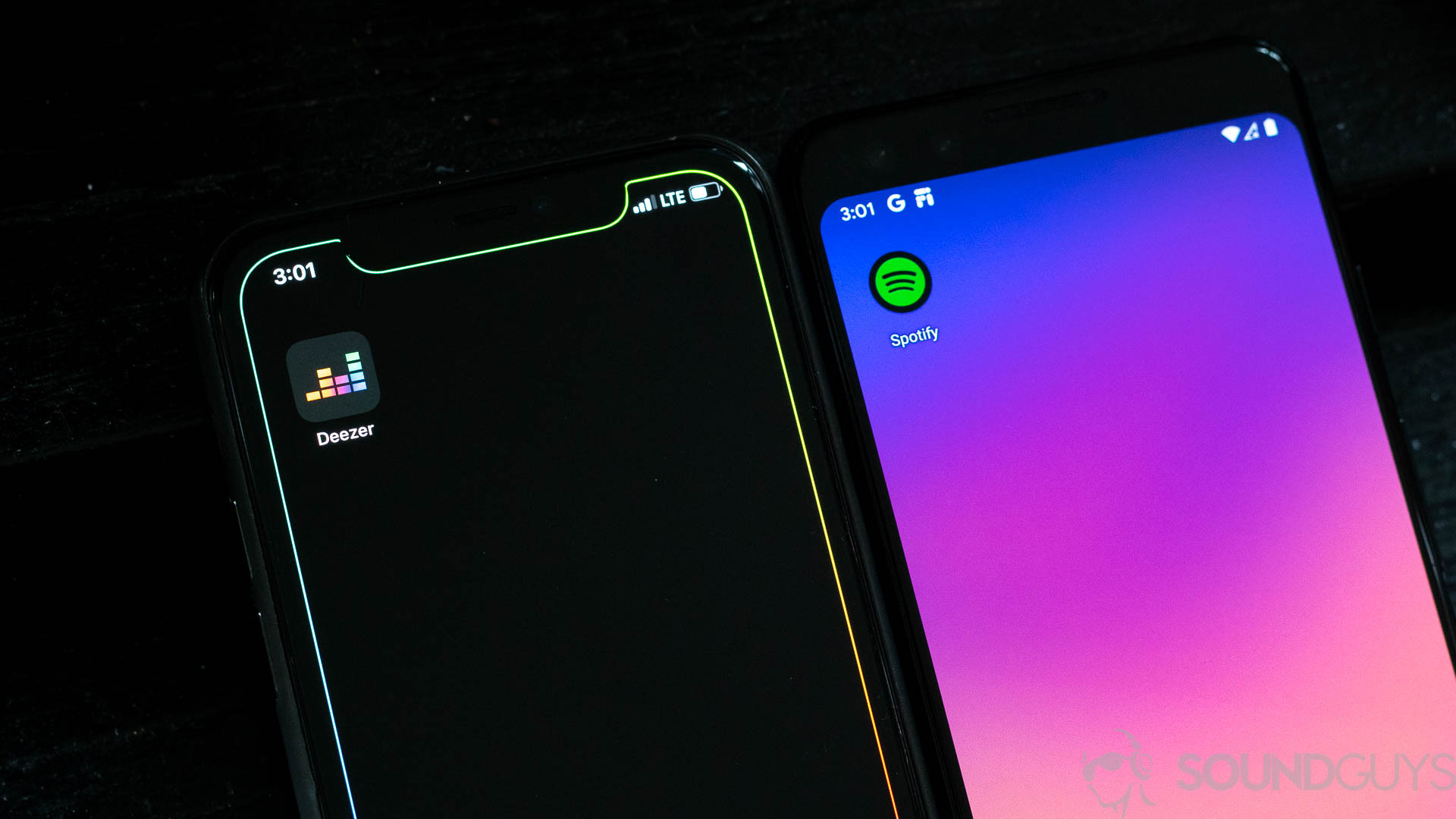
But that convenience can sacrifice quality. If you want a full-quality file with no data cut out, lossless files like FLAC (Free Lossless Audio Codec) and WAV (Waveform Audio File Format) come into play. The problem is that these are larger files, so they aren’t ideal for mobile, especially if you’re worried about data usage.
Not all smartphones can stream in optimal mobile quality. For example, we contacted a Qobuz representative about the maximum bitrate for smartphone streaming. We were informed that smartphones with a proper DAC can reach Qobuz’s maximum bitrate (24bit/192kHz), but some smartphones are limited to 16-bit CD quality for streaming. In that instance, you may need an external DAC.
What’s the best way to find new music?
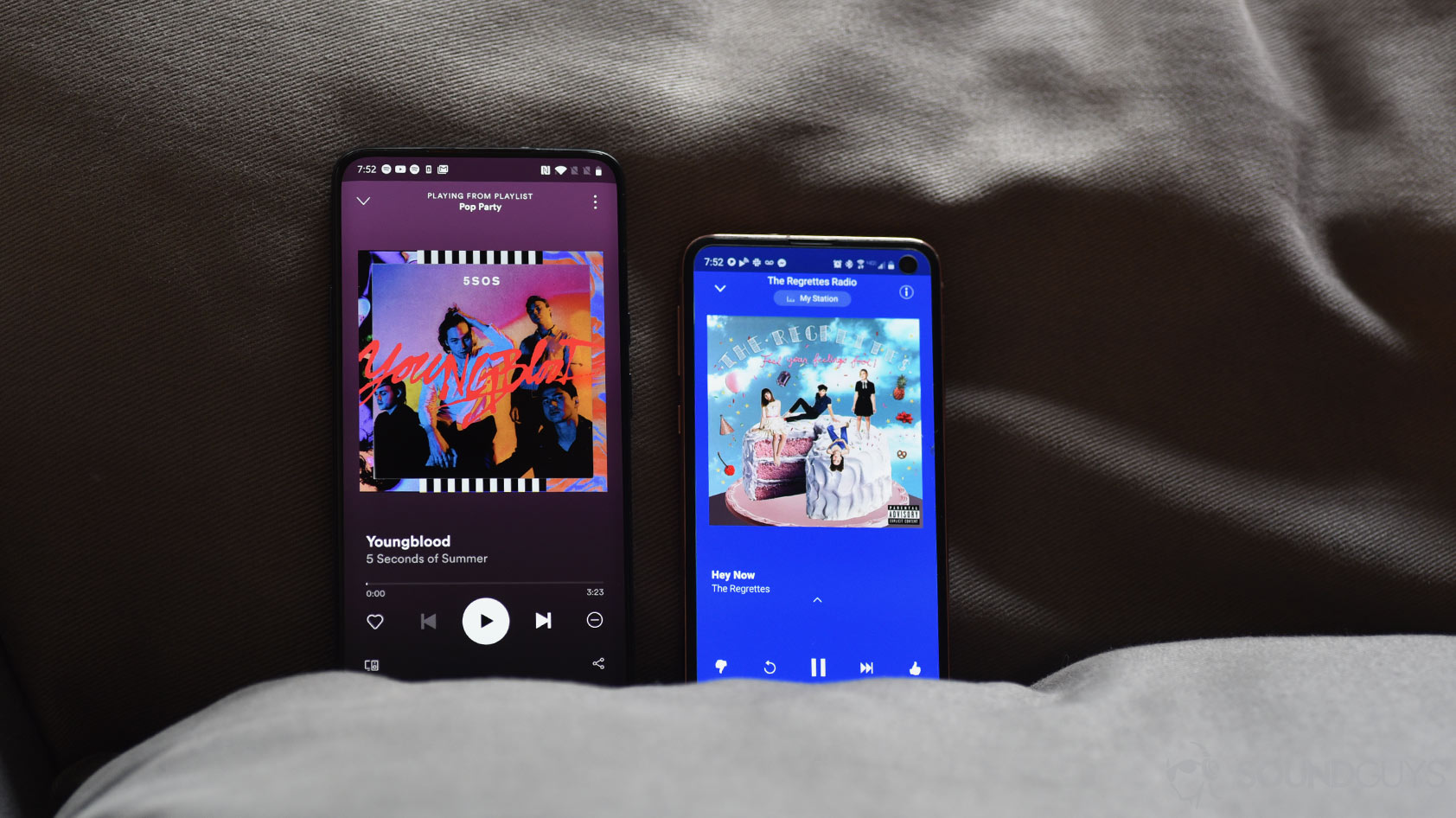
With more music that you could listen to in a lifetime, finding songs that you like can be difficult. So, part of what makes streaming companies so successful is the ease with which their users can find new music that they actually like. With some services, like Spotify and Pandora, for example, you can start a “radio.” So, after listening to a song you picked, the service will continue to play songs by similar artists or in a similar genre. Other services, like Apple Music, take it further with a more traditional approach. One of Apple Music’s main features is a live internet radio with popular DJs doing what they do best: playing a mix of new and popular music.
Of course, the radio function in any of these services isn’t always enough to find new music, so we recommend you bust out of your comfort zone and hunt for new music using more than an automated feature. We feel like it’s really the only way to ensure you get the most out of your subscription.
In recent years, streaming services have further enhanced their discovery features. Spotify’s Discover Weekly and Release Radar playlists use AI to suggest new music, while Apple Music’s For You section offers personalized mixes. Tidal’s My Mix and My Daily Discovery provide tailored recommendations based on listening habits.
Why you should trust SoundGuys
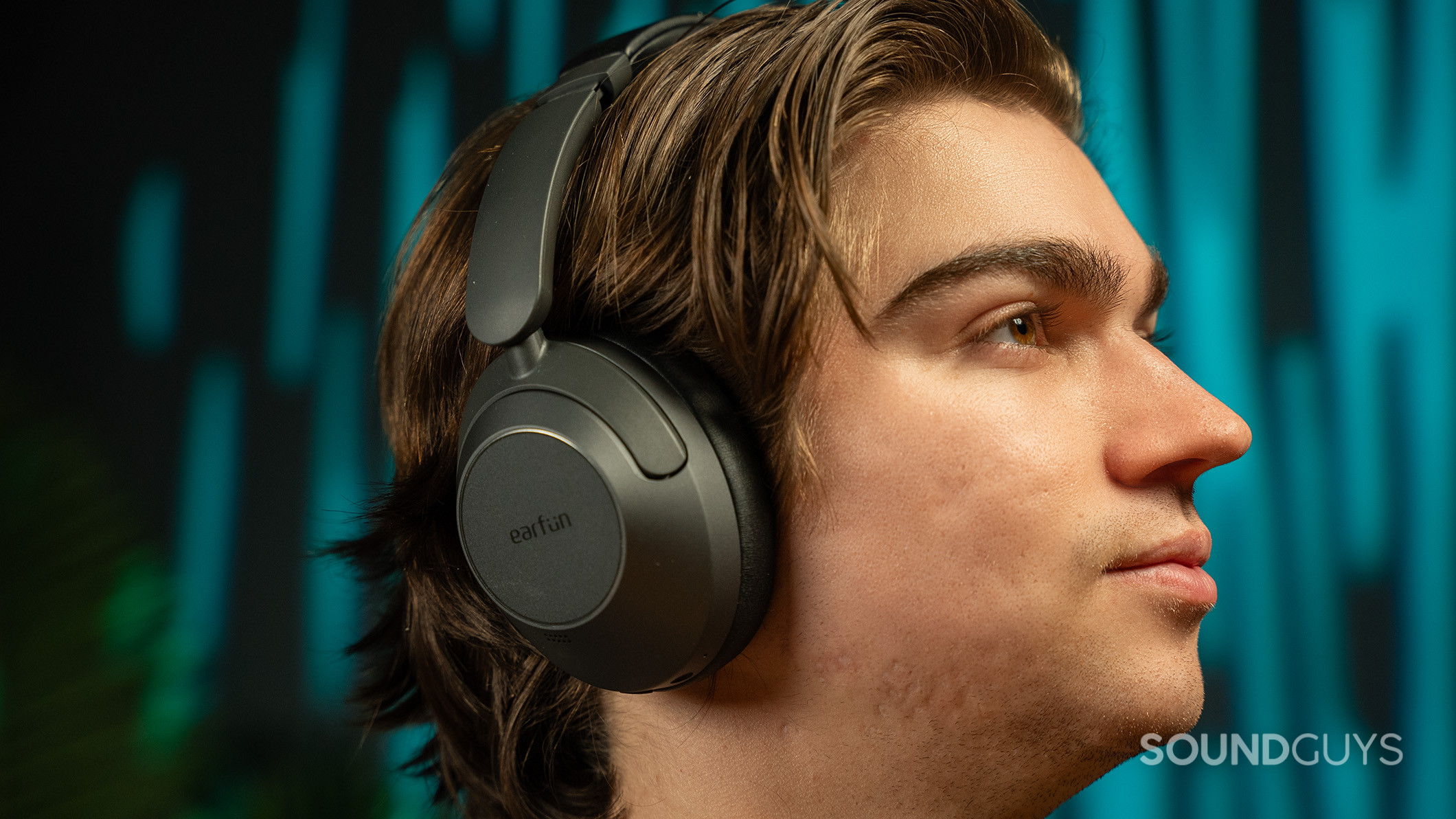
Each writer at SoundGuys has accumulated years of experience reporting on the consumer audio market, and our staff adheres to a strict ethics policy. We don’t use sponsored content on the website at a time when doing so is the norm. SoundGuys’ survival depends almost exclusively on readers enjoying their purchases. We pride ourselves on transparently outlining objective facts while accounting for the subjective experience to contextualize an audio product’s performance. When we do misspeak, we correct and own up to it.
Frequently asked questions about the best audio streaming services
Google Play Music (GPM) was good, really good, but it’s no longer available. However, it had a few fatal flaws when it came to listening that most probably wouldn’t want to put up. Namely, while it could play back user-uploaded content, it was incapable of maintaining the original bitrate/sample rate. Instead, it converted to the usual 320kbps if you’re uploading FLAC or WAV files. This could not be changed. No matter what, you were stuck at your normal listening quality or, worse, signal strength, depending.
Beyond that, Google Play Music is an excellent music streaming platform if you want to be able to upload your own music and not think too much about janitoring your music library or playlists. Unfortunately, it’s now defunct and has been succeeded by YouTube Music.
Transferring music playlists from one service to another is surprisingly easy! We have guides for multiple transfer types, and each process is nearly identical:
As fellow Canadians, Chris and Sam can commiserate. But it looks like Deezer actually has the HiFi listening you’re looking for. It also has a library of 360 Reality Audio tracks too, if you have the Sony app.
As of June 7, 2021, Spatial Audio with support for Dolby Atmos is available to Apple Music users. This is a feature that mimics the effects of surround sound and provides a 3D audio experience. Any Apple listening device, such as the Apple AirPods Max or an iPhone 12 Pro, will automatically play supported songs in the Dolby Atmos format. Spatial Audio with Dolby Atmos is available to any Apple Music subscriber at no additional cost. Compatible songs will be clearly labeled on the Apple Music interface, and Apple plans to create playlists of Dolby Atmos content to make it easy for users to find.
Yes! TIDAL partners with Tune My Music and Soundiiz, which makes it extremely easy to transfer playlists from other streaming services to TIDAL.
Yes, so long as the artist has registered their lyrics to their song if you type the lyrics into the search bar, the song should come up.
All of them display the lyrics of songs, but not for every single song. An artist has to register their song lyrics in order for them to be displayed.
Spotify is one of the best podcast apps because it has quite a few exclusive podcasts that you can’t find anywhere else. In addition, while Apple Music doesn’t have podcasts, Apple Podcasts is another app that comes with your iPhone, and it is great for those of you who are already familiar with the iOS interface.
Qobuz pays artists the most per stream, but TIDAL has a program called TIDAL Rising which is great for supporting up-and-coming artists. TIDAL selects artists who are gaining popularity and offers them promotional material on TIDAL, professional photographing sessions, financial support for touring, and more. By using TIDAL, you directly and indirectly support TIDAL Rising artists.
Thank you for being part of our community. Read our Comment Policy before posting.